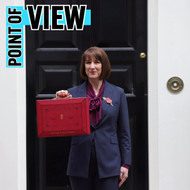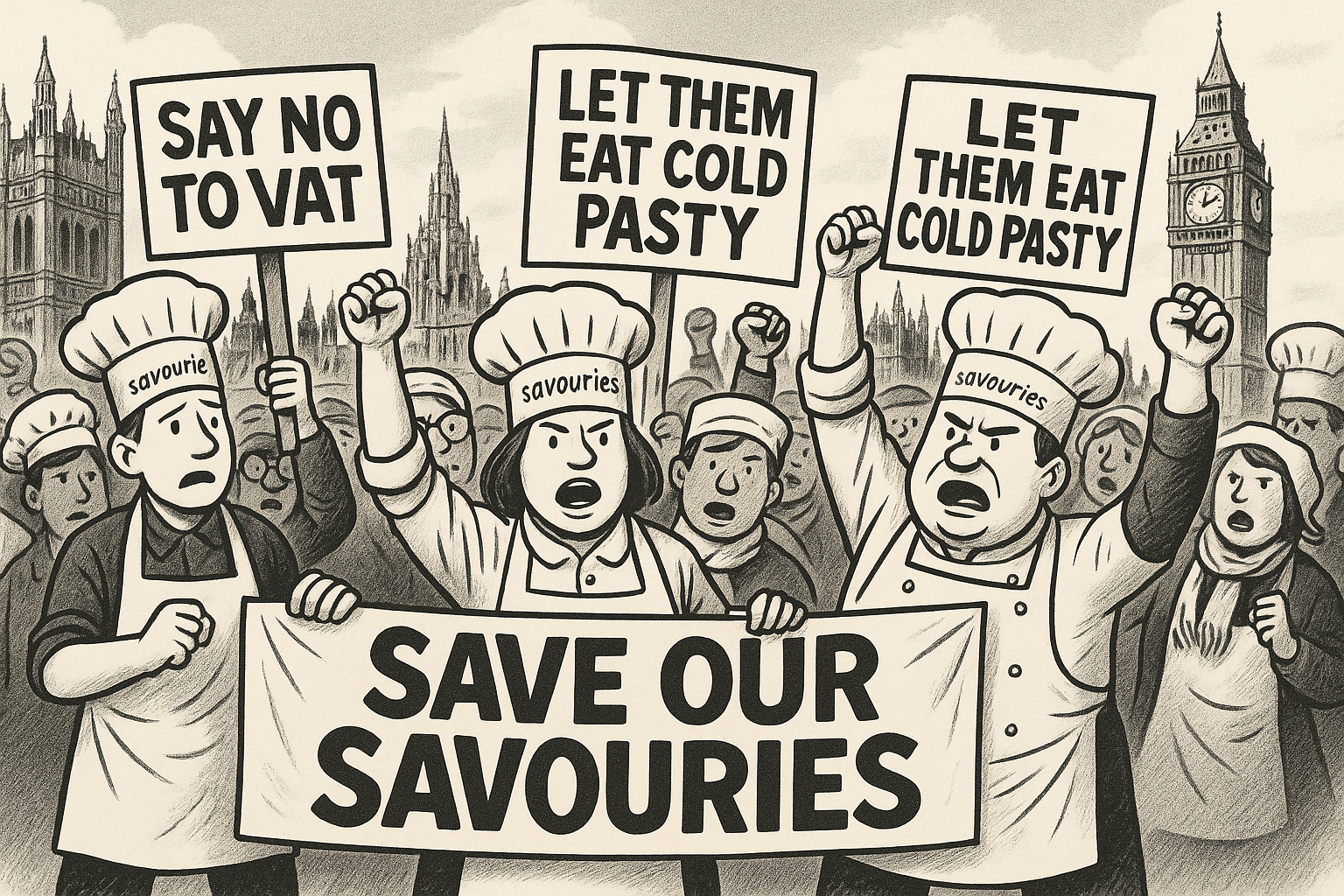VAT Threshold Tug of War: Raise It, Lower It, or Rethink It?
Posted by Stelios on 2nd Sep 2025 Reading Time:
Few things stir up more debate in small business circles than VAT. In the fish and chip industry, people usually grumbleabout the rate. But behind the rate is something less glamorous, yet arguably more damaging: the threshold. That single line — £90,000 in turnover — decides whether you’re a “small trader” or a tax collector for HMRC.
And right now, the country is locked in a tug of war over whether that threshold should go up, down, or disappear entirely.
The Pull to Raise the Threshold
On one side are small business groups and accountants who want the threshold lifted. Rachel Reeves, the Chancellor, has floated raising it to £100,000, while the Federation of Small Businesses has long pushed for that figure, arguing the cliff edge stifles micro-firms.
Their logic is simple: raising the line gives breathing space. It lets businesses grow a little before they’re forced to add 20% VAT to every sale. HMRC estimates compliance eats up about 45 hours a year — though in truth, much of that overlaps with normal record-keeping. Even so, the reporting burden weighs heaviest on the smallest operators.
Some go further, calling for £120,000 or even £250,000, arguing HMRC should focus its energy on large firms that generate most VAT revenue. After all, the vast bulk of VAT comes from companies with turnovers in the tens of millions .
The Pull to Lower the Threshold
On the other side are those who want the line dragged down. Torsten Bell, now pensions minister, has suggested cutting it to £30,000. The Tony Blair Institute has even floated eliminating the threshold entirely — essentially a zero threshold, like Spain.
Why? Because the current system encourages “bunching.” Businesses deliberately stop just short of £90,000 to avoid VAT. They turn away work, shut their doors early, or refuse contracts. And let’s be honest — it’s not always about slowing down. Some firms simply under-declare turnover and pocket the rest. The cliff edge doesn’t just stifle growth; it encourages bad behaviour.
It also raises fairness questions. Why should a firm on £88,000 turnover enjoy a 20% advantage over one at £92,000?
The Numbers Don’t Add Up
Many in the industry argue that if the threshold were reduced, it should come with a lower standard VAT rate — the logic being that a wider net could support a gentler rate. But the maths doesn’t really stack up. Lowering the threshold to £30k is forecast to raise around £2 billion. Sounds like a lot, until you compare it to the £170 billion VAT raised last year. That extra £2 billion is the equivalent of cutting the rate from 20% to 19.8% — not the dramatic drop to 10% or 15% some dream of.
So yes, lowering the threshold raises money. But in the bigger VAT picture, it’s a rounding error.
The Risks of Going Too Low
Dragging the threshold down also means dragging millions more into the system. HMRC is already stretched; forcing it to police hobby sellers, pensioners doing odd jobs, and teenagers flipping trainers on Vinted would be a bureaucratic nightmare. Spain’s zero threshold looks neat in theory, but in practice it fuels evasion, not fairness.
Thresholds Aren’t Set for Takeaways Alone
It’s also worth remembering that VAT thresholds aren’t designed with takeaways, tradesmen, or shopkeepers in mind. They’re set at a level the government believes suits the economy as a whole. Some argue for sector-specific thresholds, but that would only pile more complexity onto an already tangled tax code.
A System Frozen in Time
The real frustration for many is how slowly the system adapts. The threshold sat frozen at £85,000 from 2017 to 2024 — a seven-year stealth cut in real terms as inflation dragged more firms in. It never made headlines, but it worked just like a hidden reduction.
Even the so-called “simplified” flat rate scheme tells the same story. The upper turnover limit hasn’t moved since 2003. Had it kept pace with inflation, the ceiling would now be over £300,000, not £150,000. That silence speaks volumes about how tax policy stands still while the economy moves on.
The Politics of It
There’s another reason this tug of war never ends: politics. Freezing income tax thresholds is an “easy sell” — fiscal drag quietly raises money, and most people hardly notice. VAT thresholds are different. Push them up, and critics shout“handouts for business.” Push them down, and thousands more traders must charge VAT, with costs passed straight on to consumers.
Either way, voters notice — and governments hate messy rows. Just remember “Pasty Gate” in 2012, when a tweak to VAT rules on hot food sparked weeks of headlines, protests, and political damage far out of proportion to the revenue at stake. It shows how quickly VAT debates become toxic, even when the sums involved are small.
A Possible Compromise
One area where reform could actually work is the flat rate scheme. Its limits are badly outdated. If they had kept pace with inflation, the upper ceiling would now be over £300,000, not £150,000. Expanding the scheme to that level — while reducing the VAT threshold to around £30,000 — could be a realistic balance:
- It raises revenue for government at a time of shortfall.
- It reduces “bunching” and levels the playing field.
- It eases the admin burden for small firms through simplified reporting.
- And with the first-year discount already built in, it softens the blow for new registrants.
This kind of reform wouldn’t fix everything, but it’s the sort of middle ground most likely to win traction: it raises money rather than costs it, while giving small businesses a system they can actually work with.
Do We Need Something Bold?
But even that kind of compromise doesn’t solve the bigger issue. VAT is a consumer tax, not really a business tax. Changing thresholds is effectively redistributing public money — helping some business owners, both struggling and comfortable, at the expense of taxpayers. If the goal is to support those truly making little or no profit, universal credit or direct support would be more honest and targeted.
And here’s the real barrier: it’s not lack of imagination or administrative capacity. It’s politics. Any substantive change to VAT would likely be seen as political suicide. The media would frame it either as a stealth tax rise hitting ordinary people, or as a tax break for wealthy business owners and shareholders. No party wants to own that headline.
So the threshold remains a tug of war no one dares to win.






